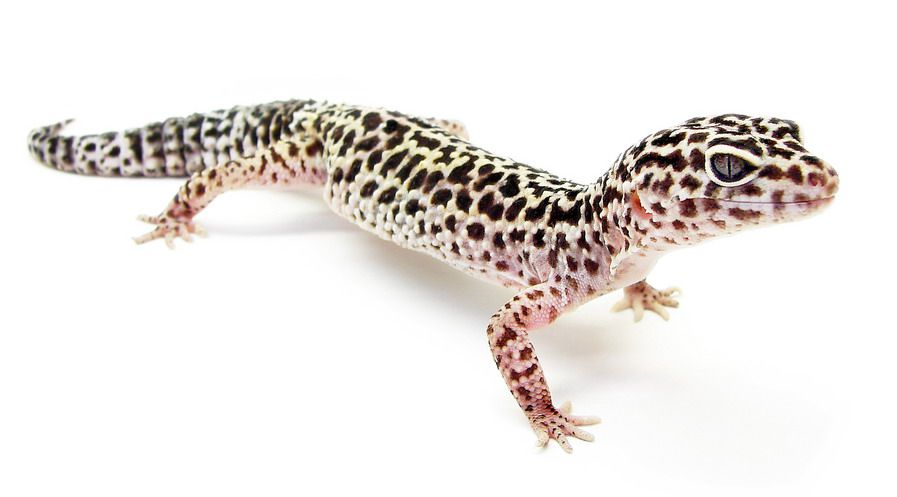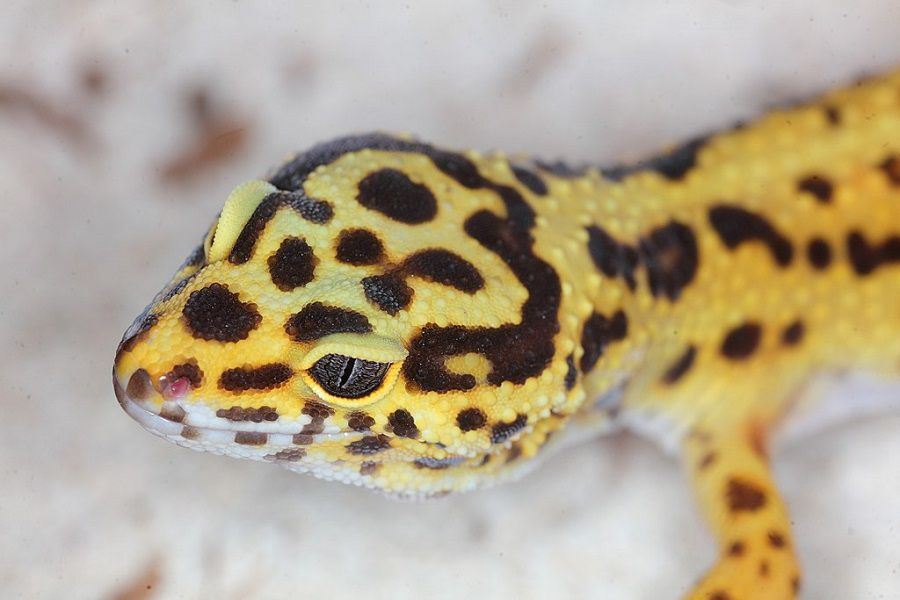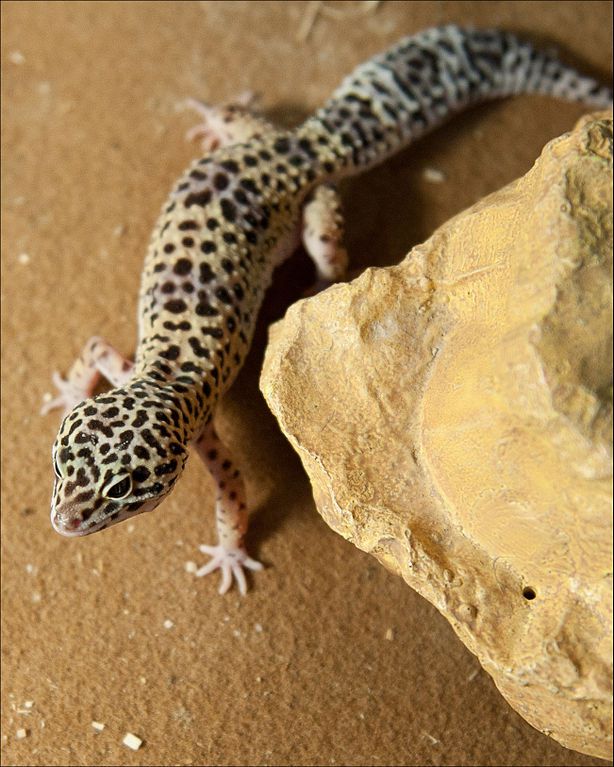Table of Contents
Leopard geckos make for good pets; they are small, hardy, and, more importantly, cute. However, as with any other pet, and especially pet reptiles, they are susceptible to quite a few health problems. For example, did you know that leopard geckos have over a hundred teeth and are polyphyodonts, meaning they can continually replace their teeth. Indeed, they tend to do this every three to four months. Because of this constant activity inside their mouths, oral problems are common in leopard geckos.
Mouth Rot
Mouth rot, also known as infectious stomatitis, affects many reptiles, including leopard geckos. It is a bacterial infection that can occur for a number of reasons:
- Food can get stuck in the mouth of the leopard gecko. It then begins to decay, and bacteria can spread and cause mouth rot.
- Should a leopard gecko’s substrate contain any sharp items, or if they catch their mouths on food, they can cut their gums. If this then gets infected, it can lead to mouth rot.
- Stress can weaken the immune system of a leopard gecko. If their environment is too hot or too cold, has too much light, or is too loud, it can cause a prolonged period of stress. Excessive handling can also contribute to stress. A weakened immune system is one of the main things that can lead to mouth rot.
Spot the Signs
Mouth rot is painful and so can cause discomfort in leopard geckos. Given that it is a bacterial infection, it is common for swelling to occur. The mouth and gums can swell, as can the head and face. Some leopard geckos are stubborn and will not wish to open their mouth, but it is important to inspect the teeth and gums. In more serious cases of mouth rot, the teeth may be blackened and the gums may bleed. One of the surest signs of mouth rot in leopard geckos is yellow pus. Pus forms in order to fight the bacterial infection. Considering mouth rot is an oral issue it is perhaps not surprising that a loss of appetite can be a sign of infection.

Common Leopard Gecko 
Leopard Gecko From Top
How to Treat Mouth Rot
Mouth rot can be treated at home if it is in the early stages. It is often better to consult a vet if there is any doubt as they will be able to provide advice as well as an antibiotic cream. There is also an antiseptic cream that can be used to clean the infection. Betadine, for example, is good if applied gently to the mouth and jaw area with a Q-tip. There are other steps to take to both help treat the mouth rot at home and prevent it in the first place:
- Clean – The first thing to do is to deep clean the terrarium. Rinse and wash everything and sterilize the inside of the enclosure to ensure as much bacteria as possible has been eliminated. More regular cleaning is advised while the infection is present.
- Temperature – As with all reptiles, the temperature inside their habitat is crucial. While they are ill, raise the temperature by 5-10 degrees as the infection can spread more easily if it is cooler.
- Diet – Leopard geckos need a balanced diet full of vitamins to ensure they can fight off minor infections before these become more serious, and proteins to help growth and repair.
In some cases, mouth rot cannot be treated at home while professional advice should be sought. If the infection has progressed or been left for too long, then surgery may be required to remove dead skin and infected tissue. A vet might also provide a fluid diet if the gecko’s appetite has lessened. However, in most cases, after a vet consultation, steps can be taken to treat leopard gecko mouth rot at home.
Photo Credits:
- Featured Image (Afghan Leopard Gecko): Brandon Downey
 – CC BY-SA 2.0
– CC BY-SA 2.0 - Common Leopard Gecko: Matt Reinbold
 – CC BY-SA 2.0
– CC BY-SA 2.0 - Leopard Gecko From Top: Christian von Faber-Castell
 – CC BY 4.0
– CC BY 4.0

